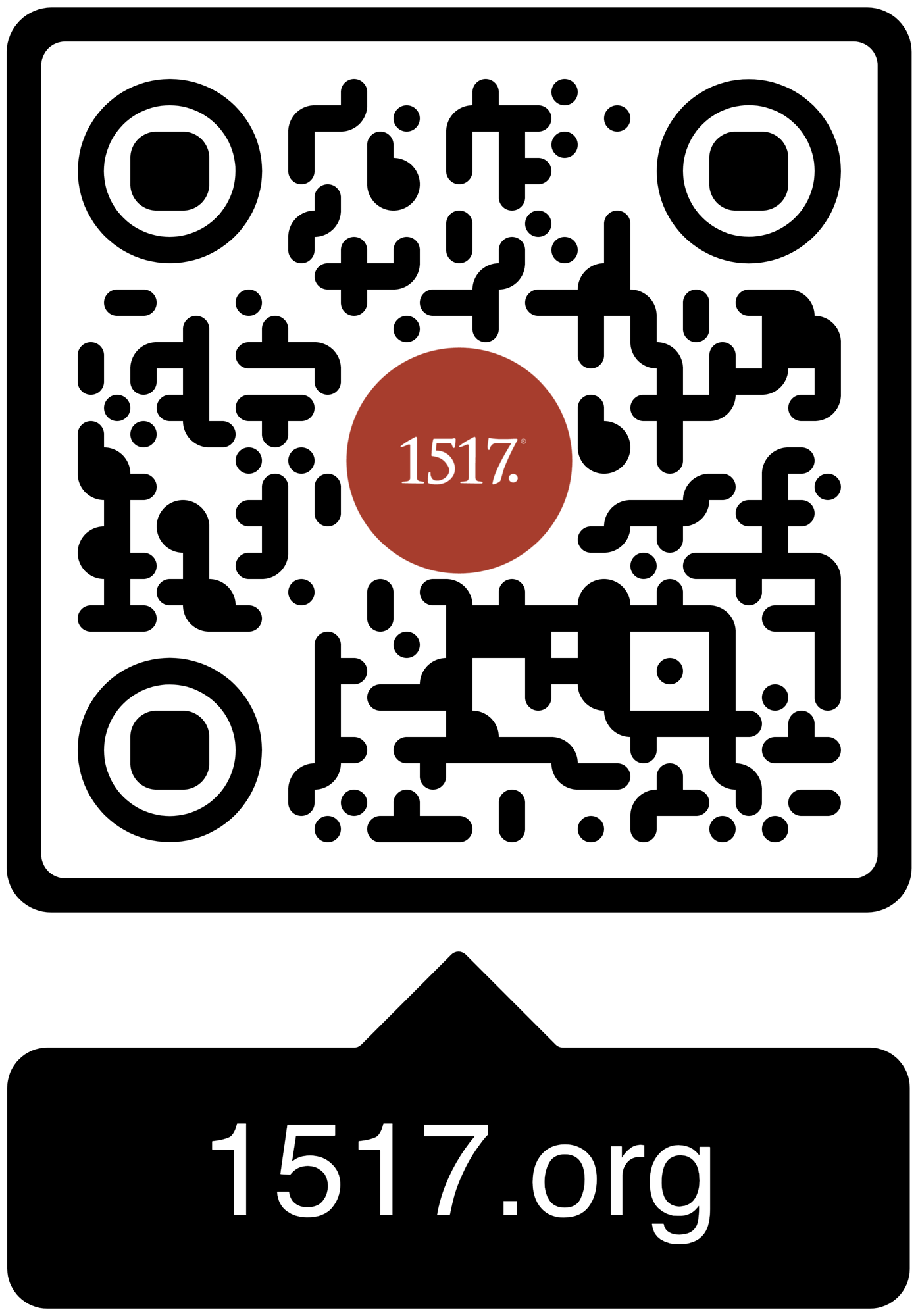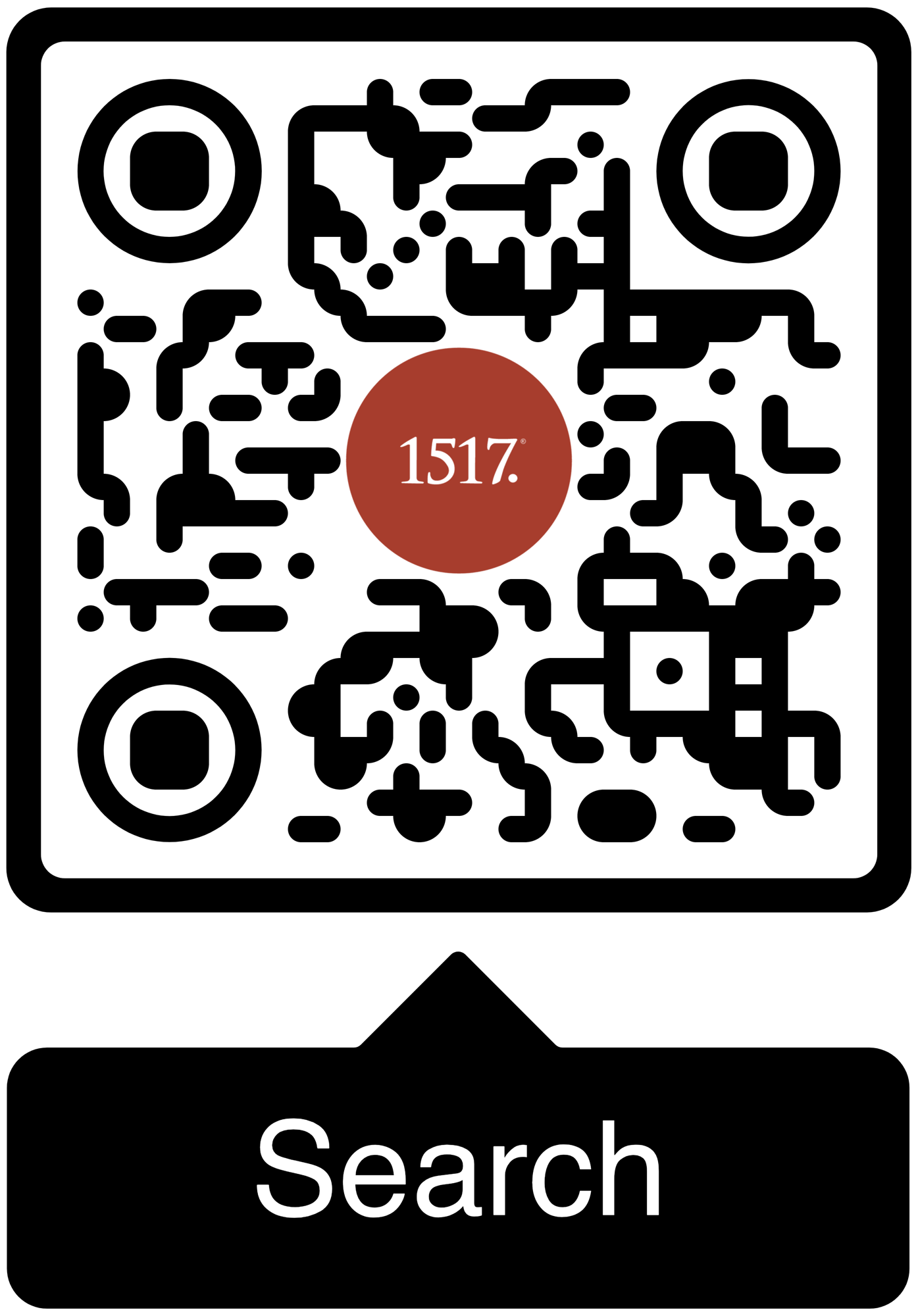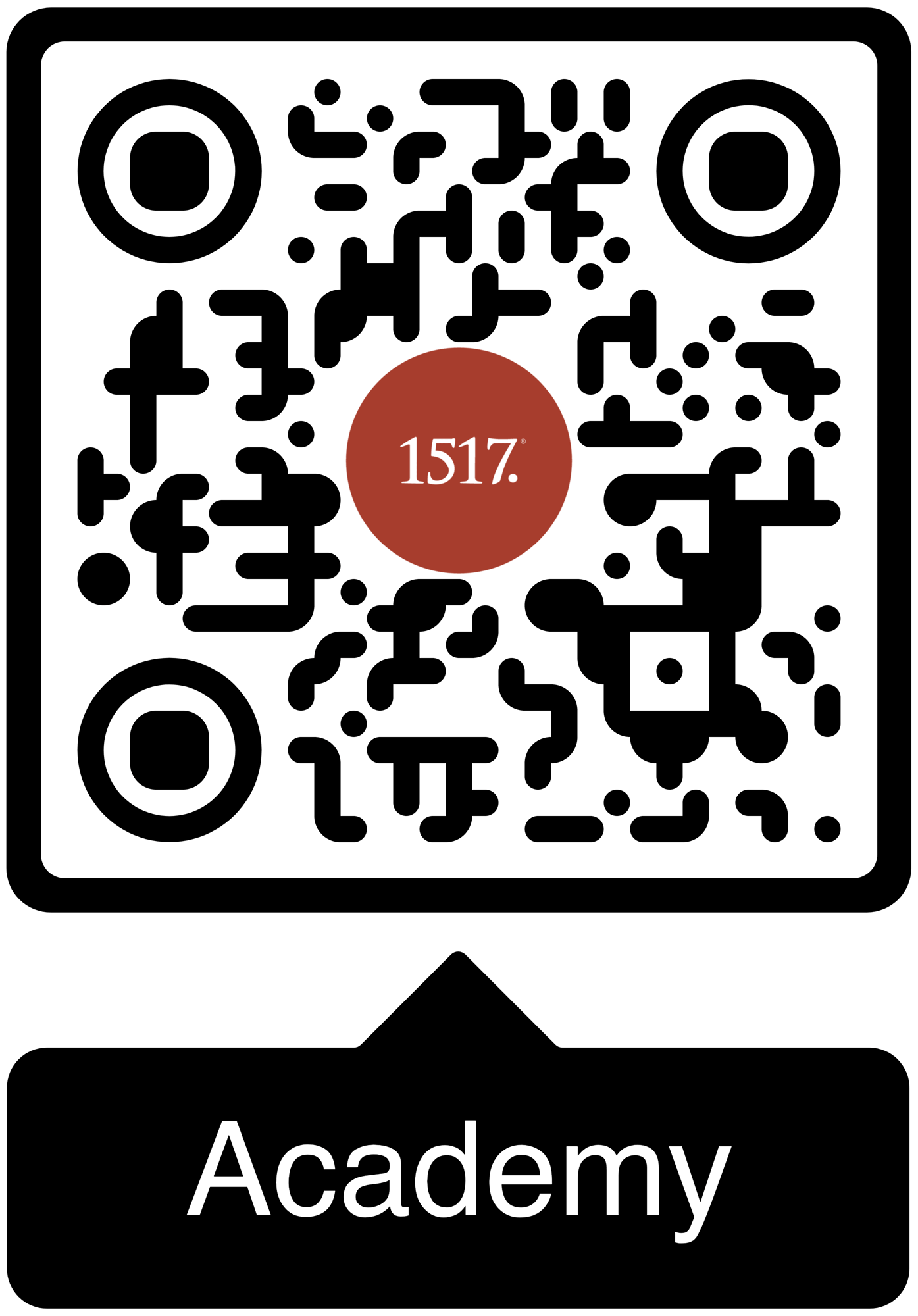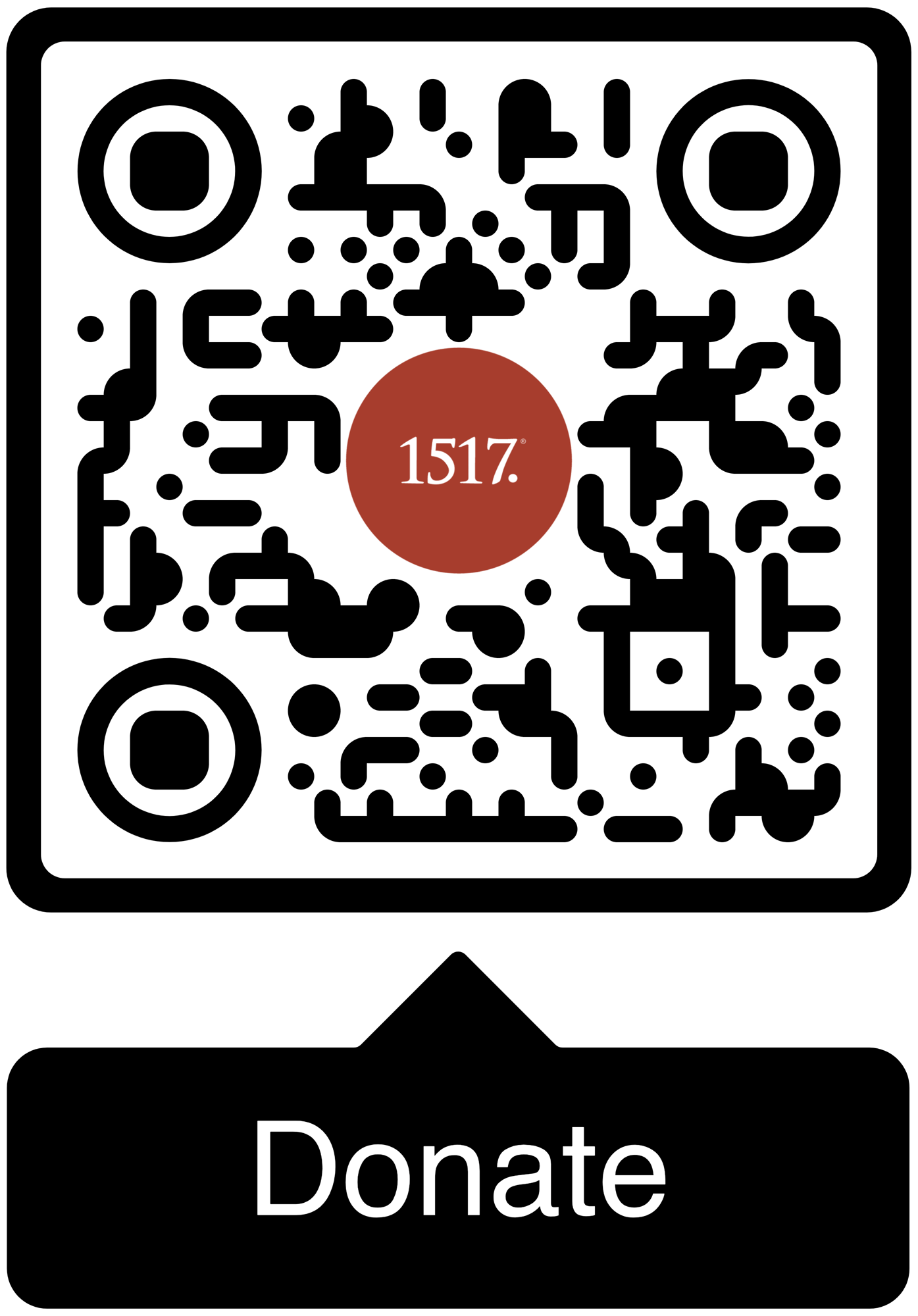Oliver was a friend, chaplain, professor, author, and loyal church reformer. This Gnesio-Lutheran giant will be missed.
08/07/25
We don’t need another brand. We need a people who remember who they are. And that’s us, Gen-X.
08/06/25
Just as each servant was sent to bring back the Master’s fruit, so did God send his prophets to bring back the fruits of a life shaped by the Word.
All Articles
Author
- All Authors
- 1517 Publishing
- 1517 Staff
- A. A. Just Jr.
- A.J. Vega
- Aaron Boerst
- Adam Francisco
- Adam Stetson
- Amy Mantravadi
- Andrew Foss
- Anthony DiLiberto
- Blake Flattley
- Bob Hiller
- Bob Sundquist
- Bonnie Petroschuk
- Brad Soenksen
- Bradley Gray
- Brandon Hanson
- Brandon Pangman
- Brennan Manning
- Brian W. Thomas
- Bror Erickson
- Bruce Hillman
- C.S. Lewis
- Caleb Keith
- Chad Bird
- Charles E. Fry
- Christopher J. Richmann
- Cindy Koch
- CJ Armstrong
- Craig Donofrio
- Dan Chrismer
- Dan van Voorhis
- Dan Weber
- Daniel Deen
- Daniel Emery Price
- Daniel Stenberg
- David Clay
- David Rufner
- David Schmitt
- Delwyn Campbell
- Dominick Santore
- Donavon Riley
- Edward Killian
- Elyse Fitzpatrick
- Erick Sorensen
- Gage Jordan
- Gerhard Forde
- Grant Klembara
- Greg Koukl
- Gretchen Ronnevik
- Haroldo Camacho
- Hermann Sasse
- Jacob Corzine
- Jacob Smith
- Jake Allstaedt
- Jared C. Wilson
- Jason Lane
- Jason Lang
- Jason Oakland
- Jay Sawrie
- Jeff Mallinson
- Jeffrey Pulse
- Jenifer Mohan
- Jessica Delgado
- Jessica Thompson
- Jim Nestingen
- Joel Fitzpatrick
- Joel Hess
- Joey Goodall
- John Bombaro
- John Bortulin
- John Chrysostom
- John T. Pless
- John W. Hoyum
- John Warwick Montgomery
- Jonathan Ruehs
- Jordan Spina
- Joshua Miller
- Justin Rossow
- Karen Stenberg
- Kathy Morales
- Katie Koplin
- Kelsi Klembara
- Ken Sundet Jones
- Kerri Tom
- Kevin Hale
- Kevin McClain
- Kyle G. Jones
- Larry D. Hughes
- Laura Bauer
- Luke Kjolhaug
- Magnus Persson
- Mariah Coward
- Mark Jasa
- Mark Mattes
- Mark Pierson
- Martin Luther
- Matt Johnson
- Matt Kroelinger
- Matt Popovits
- Michael Berg
- Michael Gibney
- Nicholas Hopman
- Nicholas Kallis
- Norman Nagel
- Paul Dunk
- Paul Koch
- Pete Lange
- Peter Nafzger
- Philip Bartelt
- Preston Sprinkle
- Raleigh Sadler
- Rick Ritchie
- RJ Grunewald
- Robert Farrar Capon
- Robert Kolb
- Rod Rosenbladt
- Roland Ehlke
- Ron Hodel
- Ryan Couch
- Ryan Matthias
- Ryan Stevenson-Cosgrove
- Ryan Tinetti
- Sam Leanza Ortiz
- Sam P. Schuldheisz
- Sarah Crowder
- Scott Davis
- Scott Keith
- Scott Landrum
- Seth Moorman
- Steve Byrnes
- Steve Kruschel
- Steven A. Hein
- Steven Paulson
- StoryMakers NYC
- Tanner Olson
- Tate Barber
- Ted Rosenbladt
- Travis Scholl
- Tyler Cronkright
- Uwe Siemon-Netto
- Valerie Thur
- Wade Johnston
- Walter Hwang
- Wayne Sender
- Zack James Cole
01/06/19
The first Sunday after Epiphany is traditionally a time to think about the baptism of Jesus. It is common on this Sunday for preachers to make connections between Jesus’ baptism and our own. That seems like a natural move, for most sermons are directed primarily to the baptized.
01/02/19
Have you ever invited someone over to your house? Most of us have either invited someone into our homes for supper.
01/02/19
Jesus’ coming and death and resurrection guarantee us the victory over the lies, the desire to be pitied, and the appeal of stuff.
01/01/19
Psalm 51 teaches two things: mercy and sin. But aren’t we already experts in sin? Why do we need God to teach it to us?
01/01/19
As is usually the case with God, He uses something strange and earthly as a picture of His grace and mercy.
12/30/18
St. Paul’s argument in Ephesians 1 shows that our salvation is necessary, not because God is bound by His own law, but because God willed it. Once God decides to be merciful, He will not do otherwise. Promise? Promise.
12/30/18
On Christmas morning many congregations sang Isaac Watts’ familiar hymn, “Joy to the World.” My home congregation was among them. I was already thinking about Epiphany and Matthew’s account of the magi as I sang, which is probably why the third verse caught my attention.
12/26/18
Advent is one big answer to the question of free will in matters of salvation. God is free. Our will is bound.
12/24/18
The celebration of He who came in humility, who would upend the Kingdoms of this world, was eclipsed by men grasping at the power of each other’s supposed kingdoms.
12/23/18
Christmas wrecks all attempts to penetrate God's hiddenness and seek him out in Heaven. He comes to us clothed in our humanity.
12/23/18
But here we are again on the other side of a Christmas celebration. This inevitably involves a sense of let-down, even for preachers (Warning: Do not check the attendance numbers this coming Sunday). If Christmas is as significant as we say, it is worth reflecting with your hearers on what comes next. What is on the other side of Christmas?
12/19/18
Jesus has a mighty weapon which is the weapon of His warfare, the sword of His mouth, the very Word of God.
1517 is a Christian non-profit (501(c)3) multi-media organization. Our mission is to declare and defend the Good News that we are forgiven and free on account of the death and resurrection of Jesus alone.





1517 grants permission for our free online resources to be printed, photocopied, and otherwise used freely for private and church use. We require that authorship and source (1517.org) are referenced and maintained. These resources may not be sold or included in any publications for sale.


